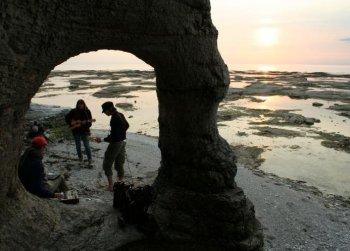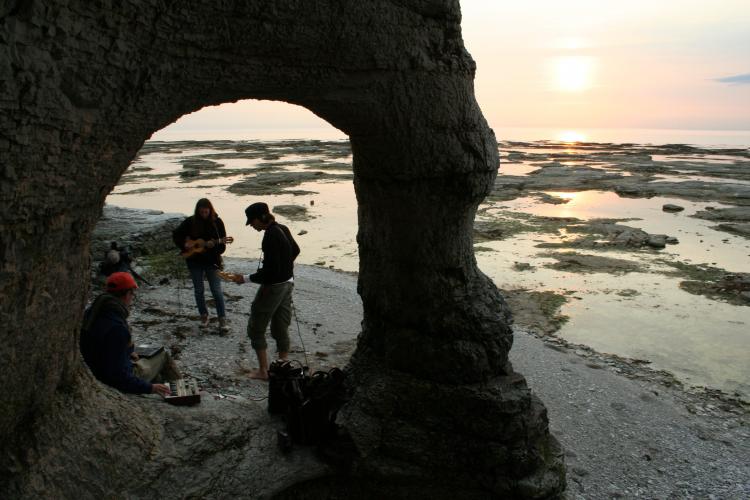Documentary Not a Happy Celebration of Canada’s National Parks
The documentary is a collage of 13 experimental films shot by 13 directors and 39 musicians.

A scene from 'The National Parks Project,' shot in Canada's ten provinces and three territories. Courtesy of Hot Docs
|Updated:



